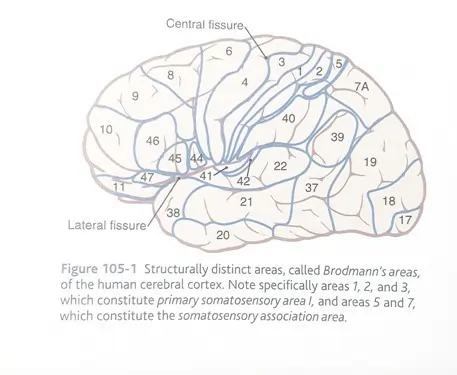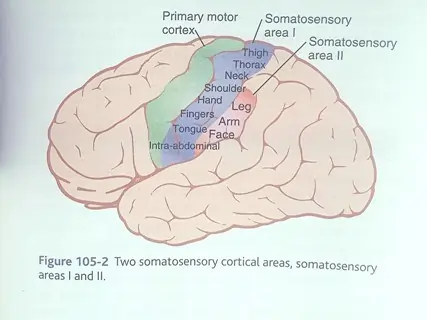Description
Theory

Gone are the days of bacterial infections which used to be a major load for practising doctors. Now are the days of viral infections & LifeStyle disorders. Modernisation & aspirations are disturbing our body functions. Main aim of all systems of our body is Homeostasis. It is a state of dynamic equilibrium of internal environment with feedback & regulations. The headquarter of Limbic System hypothalamus, is responsible for this challenging task. It does this task with the help of Autonomic nervous system & Endocrinal axis. Hypothalamus receives information from its numerous afferent connections. It has to & fro connections with cerebral cortex & other parts of Limbic system. This connectivity is responsible for emotions & thoughts in the form of our reactions. Todays LifeStyle is exaggerating both aspects of our reactions leading to hypothalamic dysfunction.
This leads to autonomic overdrive, very commonly sympathetic but parasympathetic manifestations in form of Acid peptic disease, Irritable bowel syndrome and acute attack of Asthma may be observed. Sympathetic overdrive may lead to Systemic hypertension, Acute Coronary Event. Today’s life style Of stress & obesity is posing challenge to glycemic control ending into Insulin resistant Type II Diabetes Mellitus. Psychoneuroendocrino immunological axis (PNEI axis) has proved the effects of emotions like peace, love, intimacy, relaxation on cytokines levels & Natural Killer cells favourably, on the other hand that of anger, fear, hatred, enmity unfavourably. Stress induced hypo immune status makes us susceptible for viral infections. Endocrinal axis disturbance may be observed leading to hypothyroidism, unexplained infertility, allergy, autoimmune disorders, to name a few.
Insomnia, anxiety & depression are the tips of icebergs. Science of Yoga as explained by Mahamuni Patanjali 2500 years ago in the form of Ashtang Yoga offers us a disciplined pathway to deal with today’s lifestyle disorders.
Yoga for Lifestyle Disorder Ashtang Yoga has eight limbs.
- The first limb called Yama guides us to follow Ahimsa, Satya, Asteya, Bhrahmacharya & Aparigraha. These are social rules, if followed keeps our mind stable & serene.
- Second limb is Niyam. These are personal rules, if followed, makes our personality studious, balanced & humble.
- Third limb is Asana, which makes our body structurally & functionally strong.
- Fourth limb is Pranayama. This limb teaches us conservation & extension of our biological energy.
- Fifth limb is Pratyahar, which makes us aware of sensory inputs & their effects on our mind & thought process.
- Sixth limb is Dharana, which is a study of concentration meditation.
- Seventh limb is Dhyana which teaches us to live in present tense. It increases our moment to moment awareness.
- Last limb is Samadhi, which is understanding of our existence at energy level.
Principles of Ashtang Yoga are useful for stress managment & it’s Psychosomatic manifestations in the form of LifeStyle disorders. Mahamuni Patanjali explains us a structured pathway for minimising our “kleshas”( afflictions) & teaches us a technique of Chittaprasadana (Cheerful- Joyous Mind). In addition, selective HathaYoga practises of Shuddhikriyas,Asanas & Pranayama are a part of this management.
Practical

Medical Yoga Therapy For LifeStyle disorders consists of Classical Yogic Postures, Modified therapeutic Yogic Postures, Breathing techniques, Conscious relaxation in Shavasan with visualisation, autosuggestion & resolution, Pranayama, Dharana & Dhyana. Classical Postures help to maintain a strong Musculoskeletal system with a special emphasis on pro prioception. Modified Therapeutic Yogic Postures with props lead to rib cage expansion passively,without patient’s involvement.This leads to deep breathing, slowing its rate.The effect of calming mind is felt on very first day by patient. Breathing techniques involve Bucket handle breathing, Pump handle breathing, Clavicular breathing & Abdominal breathing. With a knowledge of anatomy, students find it interesting to learn & practise it.
Conscious relaxation technique of Shavasan is taught to use the bio feedback to minimise stress response, understand the process of Pratyahar. This opens the window of autosuggestion. Concept Of visualisation helps to boost confidence.Repeating resolution in mind increases commitment to act for its fulfilment. Ujjayi, Bhramari & Anulom- Vilom Pranayama with a knowledge of anatomy helps in observation, attention & awareness. It also teaches patients to practise Antarkumbhak & Bahirkumbhak. Dharana is taught in the form of Tratak or pin point concentration. Concept Dhyana is taught so as to experience it individually. Students are taught to prepare an individualised Yogic protocol to deal with LifeStyle Disorders.